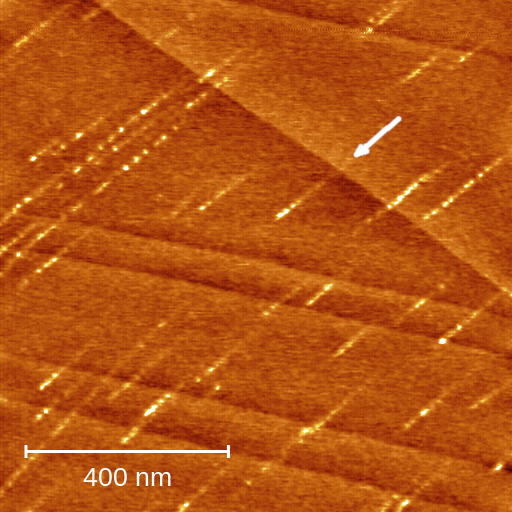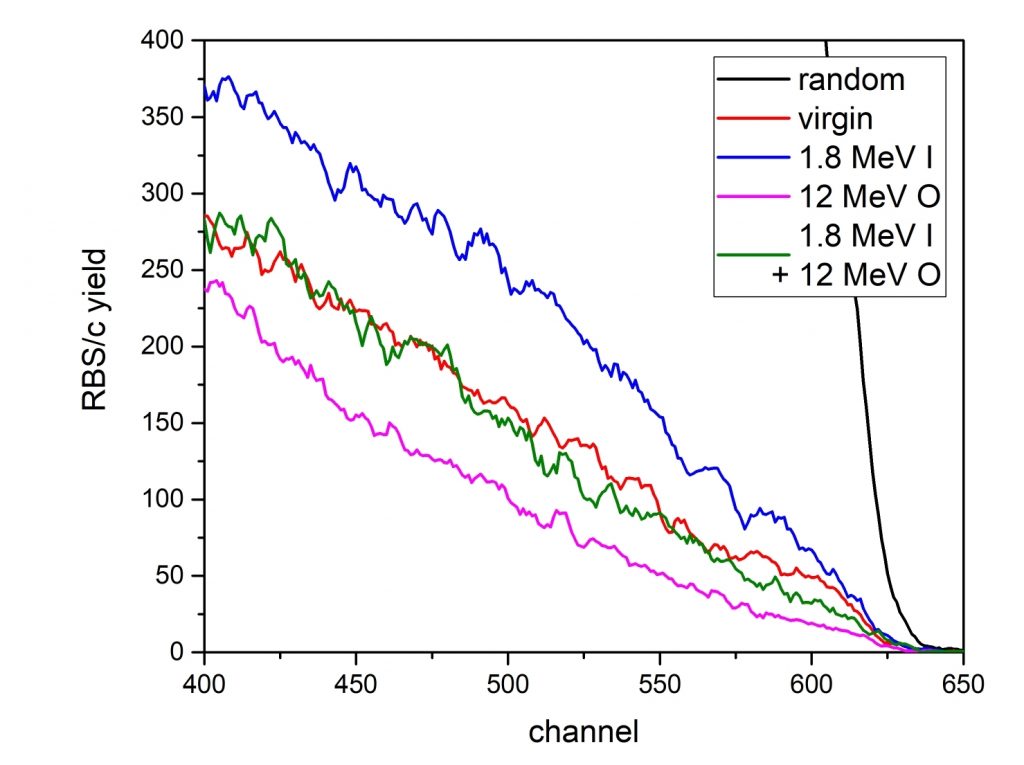Ion beams at small accelerator facilities can effectively serve in material modification studies
|It’s since the 50s that it’s possible to employ swift heavy ions, accelerated atoms with a net electrical charge, to create so-called ion tracks in solid materials. Such tracks can be formed with high precision, changing a material’s surface and thus create nanostructured materials. However, achieving the formation of ion tracks, especially in radiation resistant materials, would require access to very high energies available only at few accelerator facilities.
Dr. Marko Karlušić, Dr. Pavo Dubček, and colleagues from the Ruđer Bošković Institute focused on finding ways to lower the threshold for ion tracks formation, thus expanding the research possibilities available in small and medium-sized accelerator facilities. For this research, the authors irradiated samples of aluminium oxide (Al2O3), magnesium oxide (MgO), and Calcium fluoride (CaF2) with ion beams at different energies. In order to characterise the presence of ion tracks, the authors analysed the samples by Rutherford Backscattering Spectrometry technique in channeling mode, available at the Croatian CERIC Partner Facility at the Ruđer Bošković Institute, in Zagreb.


This study provides experimental evidence that ion beams available at small accelerator facilities can be effectively employed in material modification studies since damage build-up can occur in materials well below the expected threshold. This research provides relevant insights into nanoscale material modification by swift heavy ions, opening up exciting opportunities in materials science, including its applications.
ORIGINAL ARTICLE:



